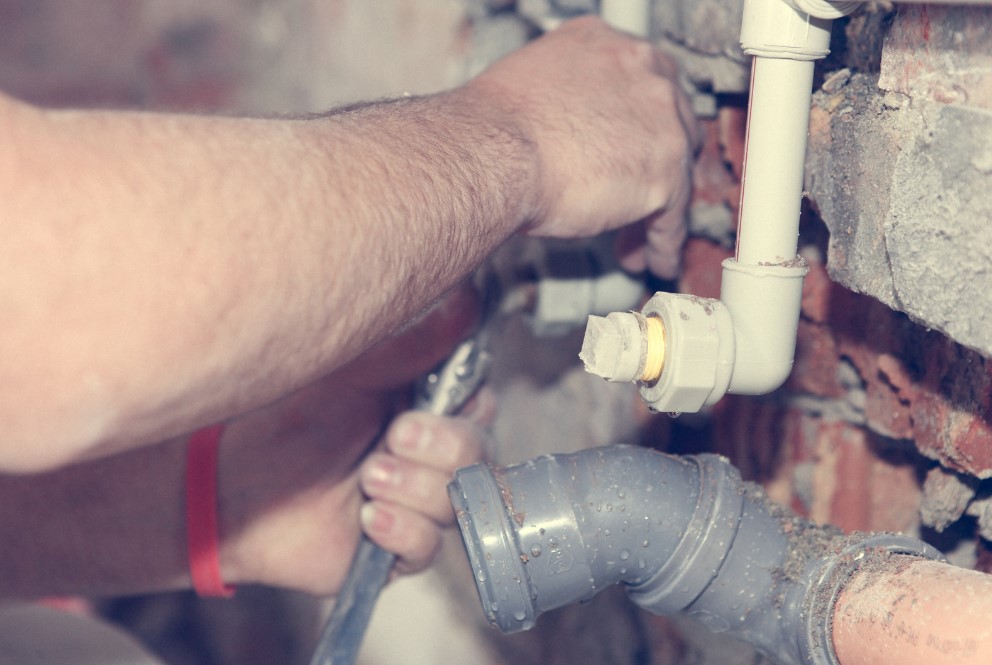For centuries, plumbing has been a crucial part of human civilization, providing us with safe and clean water for drinking, cooking, hygiene, and sanitation. However, with the advent of modern technology and the growing awareness about environmental issues, there has been a shift towards more sustainable and eco-friendly practices in the plumbing industry.
Green technologies have become increasingly popular as people recognize the need to reduce their carbon footprint and protect our planet for future generations. In the context of plumbing, green technologies refer to methods and materials that are designed to be more energy-efficient, conserve water, and reduce waste. These advancements not only benefit the environment but also provide numerous advantages for homeowners and businesses.
Energy Efficiency
One of the primary benefits of green plumbing is its focus on energy efficiency. By using technologies such as solar-powered water heaters and low-flow fixtures, homes and businesses can significantly reduce their energy consumption and save money on utility bills. Additionally, green plumbing practices can also help reduce strain on the power grid and decrease our reliance on non-renewable energy sources.
Water Conservation
Water scarcity is a growing concern around the world, making it imperative for us to use water wisely. Green plumbing techniques, such as rainwater harvesting and greywater recycling, can help reduce our overall water consumption. Rainwater tanks can collect and store rainwater, which can then be used for activities like watering plants and flushing toilets. Greywater systems capture wastewater from showers and sinks, filter it, and reuse it for non-potable purposes, such as irrigation.
Waste Reduction
Traditional plumbing systems often contribute to unnecessary waste and pollution. For example, leaky pipes can lead to water wastage, while outdated appliances can use more energy than necessary. Green technologies address these issues by promoting the use of efficient fixtures and practices that minimize waste. Additionally, many green materials used in plumbing are made from recycled or sustainable materials, reducing our impact on the environment.
Improved Indoor Air Quality
Indoor air pollution is a significant health concern, with potentially harmful chemicals and pollutants present in traditional plumbing materials. Green plumbing systems utilize non-toxic and low VOC (volatile organic compounds) materials, improving indoor air quality and creating a healthier living or working environment. This is especially beneficial for people with respiratory conditions or allergies.
Economic Benefits
Aside from the environmental and health benefits, green plumbing practices also offer significant economic advantages. Implementing these technologies can lead to substantial savings over time due to reduced water and energy usage. Furthermore, in many regions, homeowners and businesses can also benefit from tax incentives and rebates for integrating sustainable practices and equipment into their property’s plumbing systems.
Conclusion
In conclusion, integrating green technologies into modern plumbing practices is a valuable step towards sustainable living and responsible resource management. By choosing green plumbing techniques, we can contribute to a healthier environment, save costs, and improve our quality of life. The shift towards eco-friendly practices in the plumbing industry reflects our growing environmental consciousness. Let’s prioritize and support the use of green technologies in plumbing for a better and greener future. Green plumbing plays a crucial role in shaping our sustainable future.
To read more articles visit XYZ Webtoons
